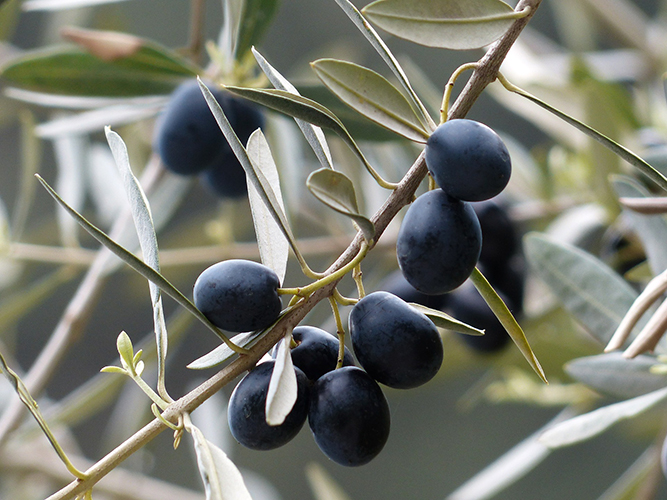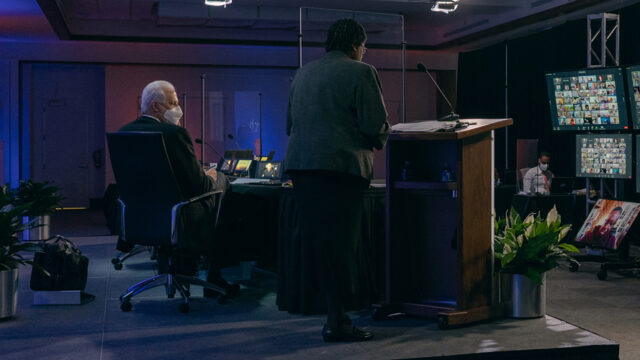Why Olive branches are important

This piece was not inspired by Martha Stewart. (“Did you know what a lovely tea can be made by steeping the bark of Peloponnesian olive trees?”)
Nor is it in any sense about horticulture. (“Olive branches should be pruned when the temperature is between 40 and 60 degrees Fahrenheit, and only in the late autumn.”) My gardening thumb, while not entirely black, is certainly not green. It’s sort of, well, olive-colored. I write about olive branches because of their increasing scarcity.
If every good editorial must have a cause, then put this one down as trying to launch a campaign for the multiplication of olive branches.
Which is not to say that you may never see a picture of one in your lifetime. The Great Seal of the United States features a fearsome eagle clutching an olive branch in its right talon, a clutch of arrows in its left. The pale blue flag of the United Nations reveals a stylized world map embraced by wishful olive twigs. At least four nations of the world have borrowed this oldest metaphor for peace when they designed their national flags.
But real olive branches—the kind that get handed from one person to another and from one faction to its ideological opponents—are growing scarce indeed. “They don’t grow in these latitudes,” say the rigid and unrepentant, all busy beating plowshares into swords. “Where we live we need our woods to be straight as an arrow, tough as an oak, and as useful as a hickory stick.”
So I thought I would offer some pointers for what to do with olive branches, should any ever be spotted in your neighborhood.
Notice them. Olive branches are frequently the subtlest of human signs, sometimes no more noticeable than a shrug or a sigh. It’s the deliberately undefended opening in an opponent’s argument that offers a way out of intractable debate. It’s the moment sensed after the rancorous committee or church board meeting when softer hearts and wiser heads prevail. It’s the occasion when a spouse, a colleague, or even a theological adversary breaks the brittle tension with a knowing grin and a funny line. All these are shoots of olive branches. Pay attention to them.
Accept them. It takes no special skill or grace to stay as you were, hard-hearted and ham-fisted. When the window opens, when the chance for peace is floated on the frosty air, when olive branches are offered—reach out; take them—craggy, twiggy, drab-hued offerings that they are. In the end of it all, we will almost never regret the reconciliations we accepted or the truces we allowed. More likely is the gnawing sense of opportunities missed and wasted if we refuse the gestures of peaceableness made by those we used to love or may yet learn to love again.
Pass them along. Rumor has it that olive branches wither rapidly if held in just one hand. The branch you accept can serve yet another duty, another situation. Practice recycling. Hand yours to someone else. Give them the opening they are no doubt craving to release the irritation and frustration, yield to the wisdom of the middle way, and make at least a minor peace. It never ceases to amaze me that reconciliation, once welcomed to my life, finds many other places to blossom and flourish.
Among the few things for which Jesus ever describes human beings as blessed is this gift of knowing what to do with olive branches. “Blessed are the peacemakers,” He said with well-matched gentleness, “for they shall be called the children of God.” In the sight of Him with whom we all have ultimately to do, nothing so anchors our claim of belonging as our willingness—and our efforts—to make peace in His name.
And should you spot an olive branch on your desk at work or in your home or church this week—please, as you love Jesus—do something with it.









